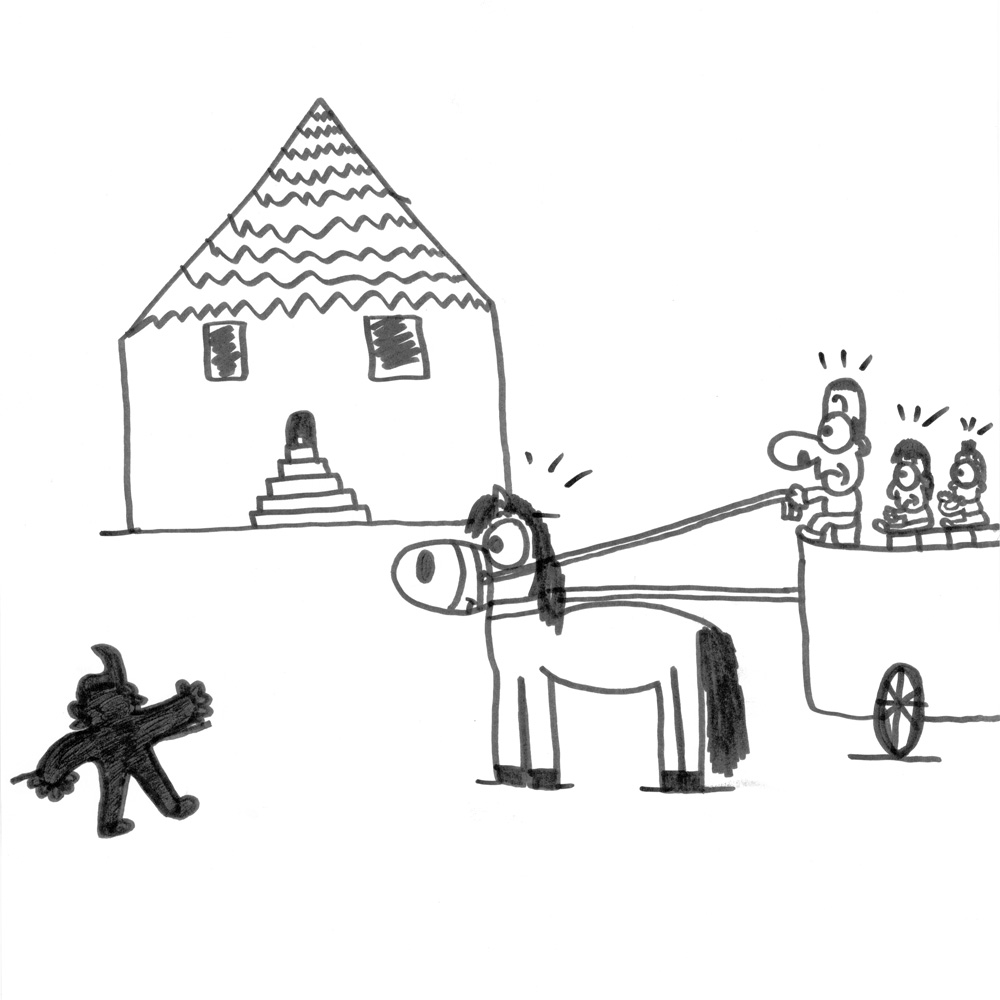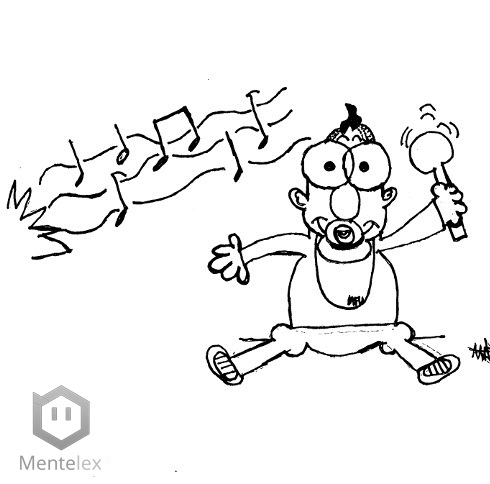Category Dyslexia
Symbolic play is a common activity in the early childhood development stage, in which children use objects and symbolic actions to represent situations and abstract concepts. Symbolic play, also known as imaginative or pretend play, is a type of play in which children use their imagination to create scenarios, situations, or stories that involve abstract
Surface dyslexia Surface dyslexia or developmental dyslexia is a dyslexia subtype related to a bad visual, lexical or direct functioning (Boder, 1973). To compensate those visual deficits, these children tend to read using the phonological via. This via allows them to read words from their smallest pieces, syllables, that means they are unable to read
Reading comprehension worksheet 1
Welcome to the world of “Evotext” or evolutionary texts. It is an easy idea. We have adapted a literary classic “Gulliver’s Travels”, and we have created four levels: A, B, C, and D. Level A is very easy to read and Level D is very difficult. The idea is that if your reading skills improve,
Toddlers are good discriminating speech sounds. Attention to speech sounds is one of the factors that help the development of speech perception during the first year of life. Therefore sound discrimination can be improved by being exposed to different and varied speech sounds. What science teaches us Babies 6 to 8 months of age can
Dyslexia and Learning Dyslexia and learning disability are very common in childhood. The dyslexic child, a child who cannot read well, is much more likely to develop a learning disability. According to the DSM – V, specific learning disorder, occurs between 5% and 15% of children in school age. One of the common causes of





